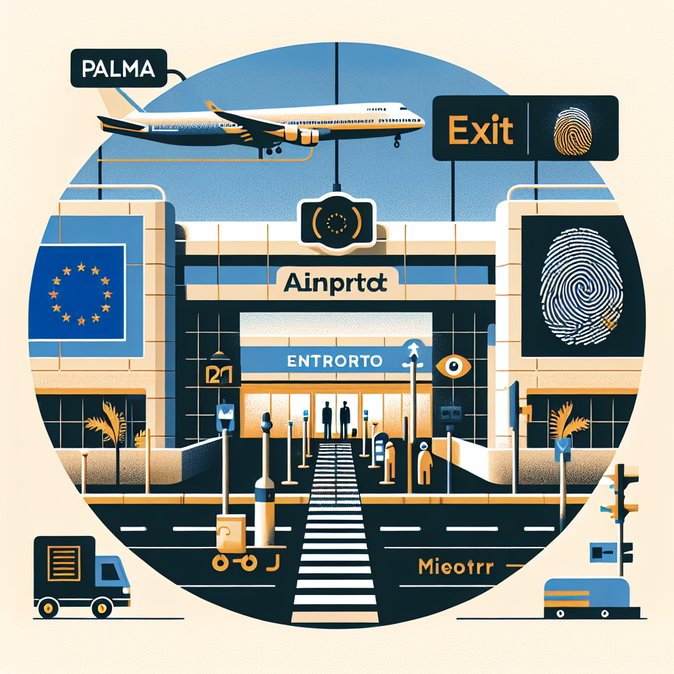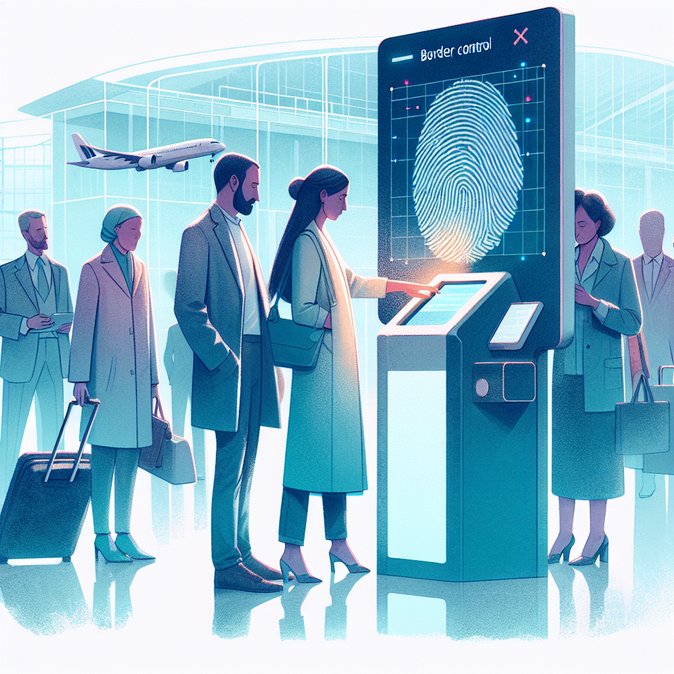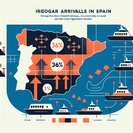
British holiday-makers landing in Menorca on 4 November were greeted by tablet-toting border guards instead of the familiar passport stamp after the island became Spain’s test-bed for the European Union’s new Entry/Exit System (EES). The pilot, confirmed by UK Ambassador Sir Alex Ellis on the eve of implementation, records fingerprints and facial images of third-country travellers and automatically calculates authorised length of stay.
Spain’s Interior Ministry picked Menorca because of its manageable winter traffic and the airport’s recent investment in biometric kiosks under the “Aeropuerto 4.0” programme. If the two-week trial runs smoothly, Palma de Mallorca will follow on 19 November, with Ibiza pencilled in for January 2026. Mainland hubs Madrid-Barajas and Barcelona-El Prat will not migrate until early spring, giving carriers and ground-handlers more time to adapt their IT systems.
![Balearic pilot: Menorca becomes Spain’s first airport to activate the EU Entry/Exit System]()
For carriers and corporate-travel planners the change is more than cosmetic. Airlines must now transmit Advance Passenger Information that matches new EES data fields, and overstays will automatically trigger refusal-of-entry alerts Schengen-wide. Travel-management companies are advising short-term assignees to retain boarding passes and hotel receipts in case of system glitches during the roll-out phase.
Spanish police unions welcomed the technology, saying it will free officers from “rubber-stamp duties” and let them focus on risk profiling. Tourism lobbies, however, warned of longer queues in peak season unless more e-gates are installed. Aena, the airport operator, said contingency lanes staffed by manual officers would remain open until at least October 2026, six months after the EES goes live EU-wide.
Spain’s Interior Ministry picked Menorca because of its manageable winter traffic and the airport’s recent investment in biometric kiosks under the “Aeropuerto 4.0” programme. If the two-week trial runs smoothly, Palma de Mallorca will follow on 19 November, with Ibiza pencilled in for January 2026. Mainland hubs Madrid-Barajas and Barcelona-El Prat will not migrate until early spring, giving carriers and ground-handlers more time to adapt their IT systems.

For carriers and corporate-travel planners the change is more than cosmetic. Airlines must now transmit Advance Passenger Information that matches new EES data fields, and overstays will automatically trigger refusal-of-entry alerts Schengen-wide. Travel-management companies are advising short-term assignees to retain boarding passes and hotel receipts in case of system glitches during the roll-out phase.
Spanish police unions welcomed the technology, saying it will free officers from “rubber-stamp duties” and let them focus on risk profiling. Tourism lobbies, however, warned of longer queues in peak season unless more e-gates are installed. Aena, the airport operator, said contingency lanes staffed by manual officers would remain open until at least October 2026, six months after the EES goes live EU-wide.









